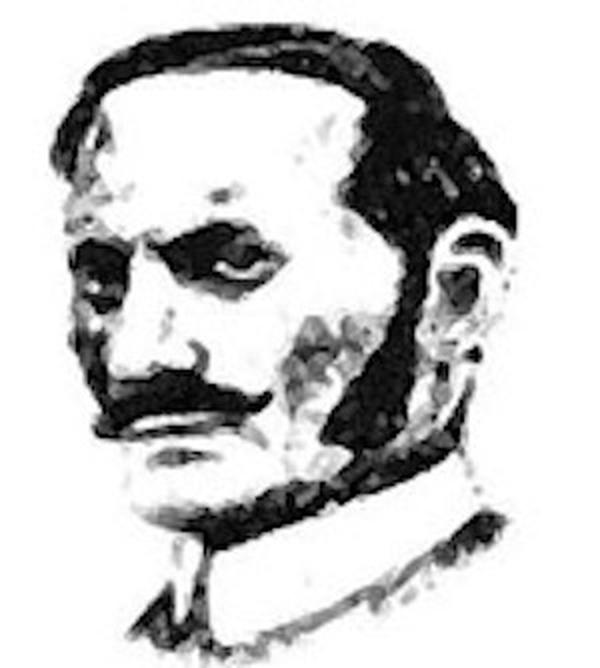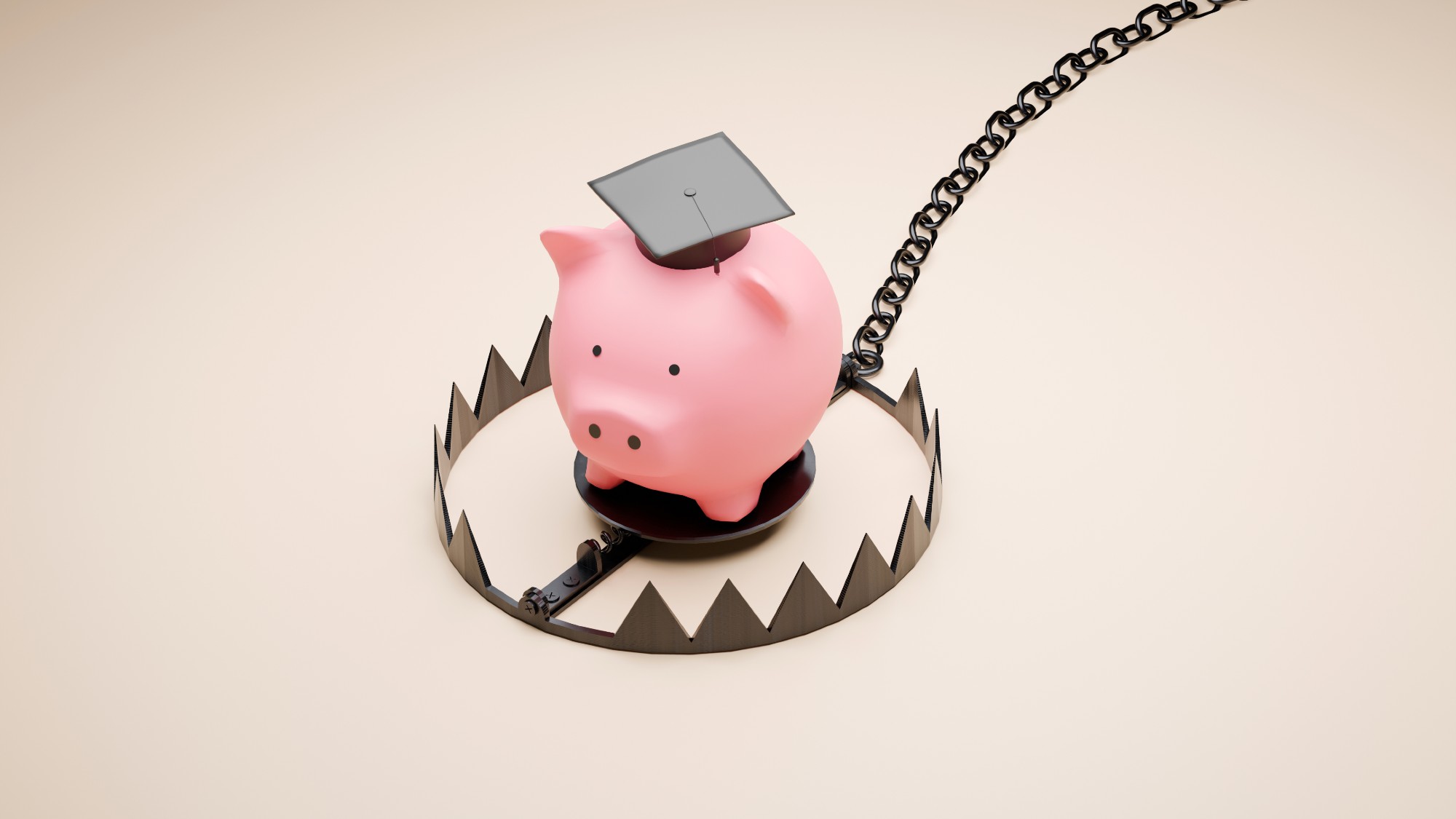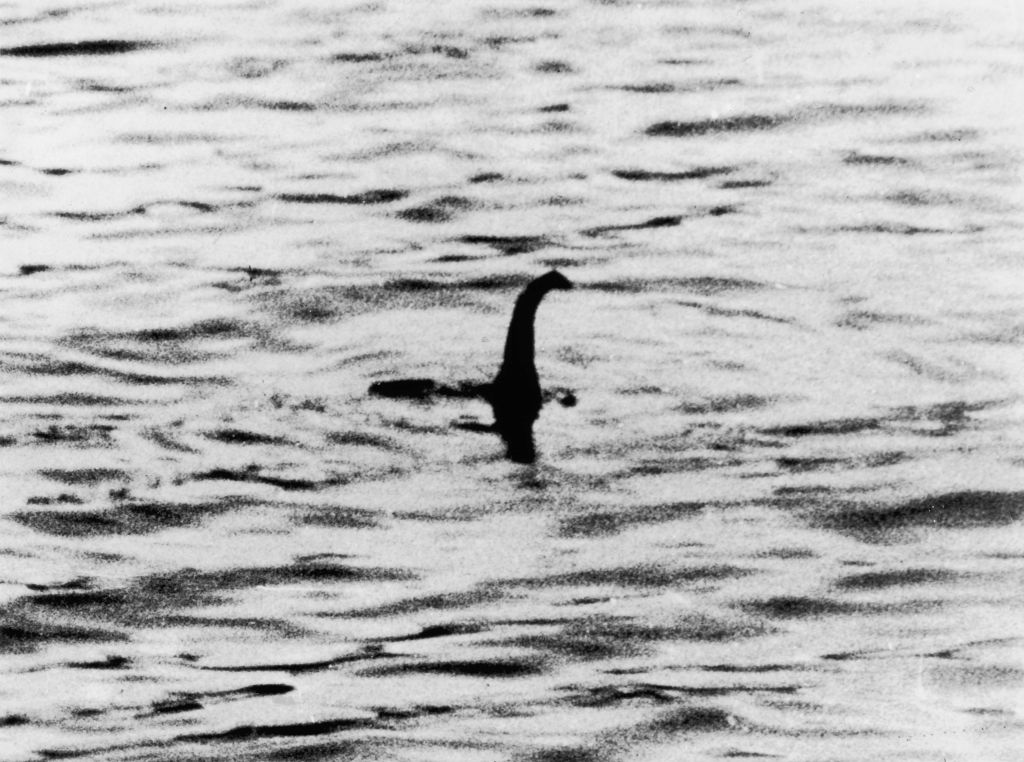DNA evidence has plausibly revealed the identity of Jack the Ripper


In 1888, a serial killer dubbed Jack the Ripper brutally murdered at least five prostitutes in London's East End. In a new book, an "armchair detective" from London named Russell Edwards says he has "definitely, categorically, and absolutely" discovered the identity of the killer: Polish immigrant Aaron Kosminski. Kosminski, a barber in Whitechapel who was 23 at the time, was one of the top six suspects but never arrested; he died in an insane asylum at age 53.
So, how did Edwards prove his case? DNA. In 2007, Edwards bought a blood-soaked shawl said to belong to Catherine Eddowes, one of Jack the Ripper's victims, apparently taken from the crime scene by a police sergeant, Amos Simpson, who wanted it for his wife. Edwards roped in a molecular biologist named Jari Louhelainen, who used DNA techniques to identify both blood from Eddowes and genetic material that matched with Kosminski's descendants.
"I've got the only piece of forensic evidence in the whole history of the case," Edwards says. There are doubters, of course. Some point out that the 126-year-old scarf, while apparently never washed, has been handled by lots of people, tainting the DNA. And there's no independent verification of Louhelainen's findings, or even that the shawl was really found next to Eddowes' body.
The Week
Escape your echo chamber. Get the facts behind the news, plus analysis from multiple perspectives.

Sign up for The Week's Free Newsletters
From our morning news briefing to a weekly Good News Newsletter, get the best of The Week delivered directly to your inbox.
From our morning news briefing to a weekly Good News Newsletter, get the best of The Week delivered directly to your inbox.
"I am of the camp that believes extraordinary claims require extraordinarily clean and robust evidence," says Susannah L. Bodman at The Oregonian. "A shawl with no provenance record and an association based on a family claim is not what I call extraordinarily robust."
A free daily email with the biggest news stories of the day – and the best features from TheWeek.com
Peter has worked as a news and culture writer and editor at The Week since the site's launch in 2008. He covers politics, world affairs, religion and cultural currents. His journalism career began as a copy editor at a financial newswire and has included editorial positions at The New York Times Magazine, Facts on File, and Oregon State University.
-
 Do you have to pay taxes on student loan forgiveness?
Do you have to pay taxes on student loan forgiveness?The Explainer As of 2026, some loan borrowers may face a sizable tax bill
-
 Planning a move? Here are the steps to take next.
Planning a move? Here are the steps to take next.the explainer Stay organized and on budget
-
 What should you look out for when buying a house?
What should you look out for when buying a house?The Explainer Avoid a case of buyer’s remorse
-
 Nobody seems surprised Wagner's Prigozhin died under suspicious circumstances
Nobody seems surprised Wagner's Prigozhin died under suspicious circumstancesSpeed Read
-
 Western mountain climbers allegedly left Pakistani porter to die on K2
Western mountain climbers allegedly left Pakistani porter to die on K2Speed Read
-
 'Circular saw blades' divide controversial Rio Grande buoys installed by Texas governor
'Circular saw blades' divide controversial Rio Grande buoys installed by Texas governorSpeed Read
-
 Los Angeles city workers stage 1-day walkout over labor conditions
Los Angeles city workers stage 1-day walkout over labor conditionsSpeed Read
-
 Mega Millions jackpot climbs to an estimated $1.55 billion
Mega Millions jackpot climbs to an estimated $1.55 billionSpeed Read
-
 Bangladesh dealing with worst dengue fever outbreak on record
Bangladesh dealing with worst dengue fever outbreak on recordSpeed Read
-
 Glacial outburst flooding in Juneau destroys homes
Glacial outburst flooding in Juneau destroys homesSpeed Read
-
 Scotland seeking 'monster hunters' to search for fabled Loch Ness creature
Scotland seeking 'monster hunters' to search for fabled Loch Ness creatureSpeed Read
